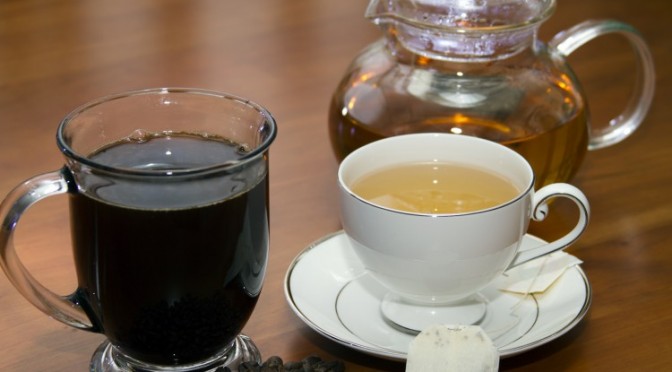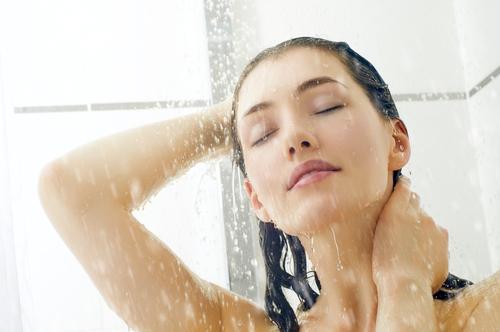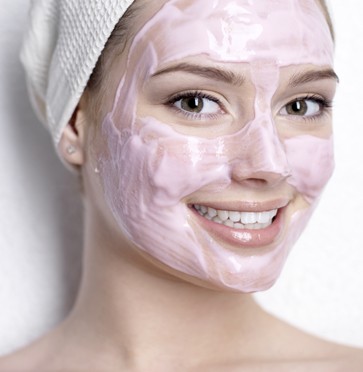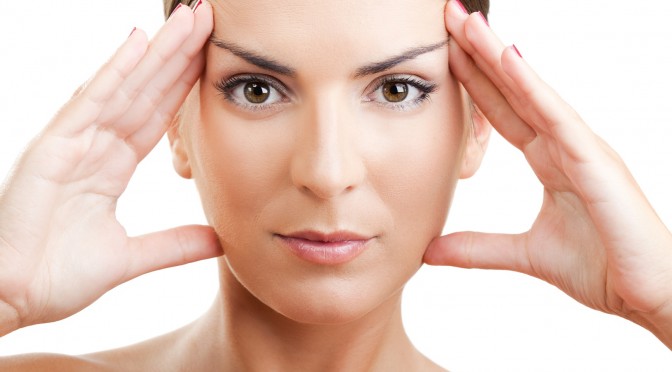The morning debate between coffee and green tea is something I often face once I’ve arrived at work. Do I go for the zen of green tea or opt for one of the java flavors? While both are super tasty, contain caffeine, and can help you hit your 8 glasses of water a day quota, there are a few differences. Today we’re looking at which is better for your skin- green tea or coffee?
Coffee
- One study showed that coffee bean extracts can be responsible for skin cell energy preservation due to its free-radical properties.
- Another study found that caffeine inhibits the DNA damage response, thus protecting skin against the adverse effects of UVB. The inhibition of DNA damage response may offer a therapeutic option for non-melanoma skin cancer.
- When coffee promotes blood circulation, it leads to healthy and energized skin, effectively reducing the swelling of tissues and depuffing areas of the skin.
Japanese Green Tea
- Green tea is packed with powerful antioxidants called catechins, which have been shown to potentially inhibit the growth of some cancers, including skin cancer. These antioxidants an reduce the formation of free radicals in the body, protecting cells and molecules from damage. These free radicals are known to play a role in aging and all sorts of diseases.
- Since green tea has around 1/3 the amount of caffeine as coffee, it has been linked to stress relief. This reduction in stress could help clear up any stress-related skin issues you may have, such as redness or acne.
- Studies have shown that topical green tea formulations reduce sun damage. Green tea appears to exert sun damage protection by quenching free radicals and reducing inflammation rather than by blocking UV rays. Therefore, green tea may enhance sun protection when used in addition to a sunscreen.
- Considering their well-documented antioxidant and anti-inflammatory activities, topical green tea polyphenols are likely to slow down the development of some signs of aging.
The winner? Japanese Green Tea!





